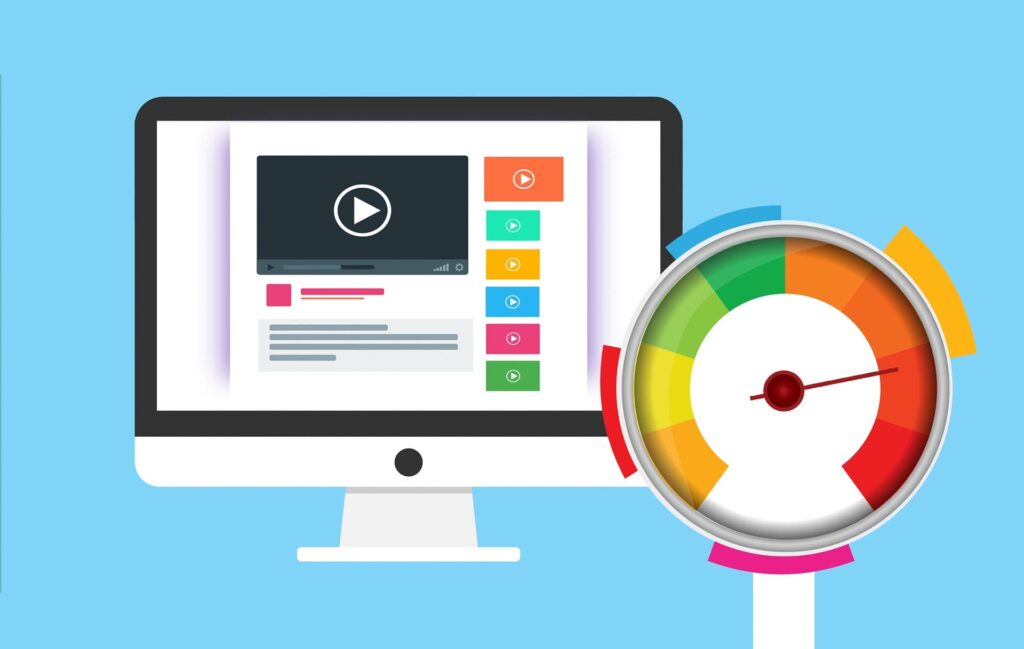B2B SaaS business can achieve their goals through LinkedIn. For example, the goal could be capturing more leads or promoting the brand. Fortunately, using LinkedIn for advertising is easy to understand and convenient. You also get to do more work with less stress.
Understanding the LinkedIn ads platform is relatively straightforward. Nevertheless, you still must follow best practices to reach your goal. In this article, you will learn the best practices for achieving results with LinkedIn ads.
1. Set Up A Free Company Page
Laying a solid foundation for your company on LinkedIn is essential for your company’s success. Because it is the first step in your campaign, it is best to create a company page before starting your LinkedIn advertising campaign. Creating a free company page on LinkedIn establishes your brand presence. In addition, having a company page is handy for specific ad formats.
2. Create Engaging Content
Even before creating LinkedIn ads, understanding LinkedIn ad formats and determining the best for your campaign goals is essential. LinkedIn has three different ad forms: Sponsored Content, Sponsored InMail, and Text Ads.
LinkedIn is useful for gaining industry and interest-relevant insights. It is advisable to put yourself in your audience’s shoes to understand the best ad format that catches attention. Furthermore, ensure your language is appealing to the audience, and your copy should be clear and compelling, directing leads to take action.
3. Target Specific Audiences
LinkedIn ads perform better when you link them to specific target audiences. For example, because of the uniqueness of the LinkedIn ads platform, you can target audiences based on their profession. Consequently, you only spend to place ads in front of the strongest prospects.
Furthermore, LinkedIn has different filters for targeting an audience. These filters include job title, industry, job seniority, and company name. You can also target audiences with filters like degrees, skills, and years of experience. You can also buy recommendations to boost your profile visibility and to stand out on LinkedIn.
Although LinkedIn provides several targeting options, it is compulsory always to use the location field. This field may be broad or specific. When targeting your audience, it is best to filter them using two or more fields. However, you have to be careful. Using too many target fields or hypertargeting is hurtful to your initial campaign.
Apart from LinkedIn ads, other ways you can reach your target audience on LinkedIn include using website retargeting to reengage your website visitors and contact targeting to nurture prospects. You can follow a LinkedIn retargeting guide and use company targeting to run your account-based marketing campaigns.
Also, LinkedIn is ending the serving of sponsored posts to targeted members in the European Union. By using LinkedIn Campaign Manager, it is no longer possible to send private messages directly to LinkedIn mailboxes if your target includes members of the EU.
4. Test Your Ads
LinkedIn advertising aims to give an audience the content they crave. The best way to do that is to create 2 to 4 ad variations for each campaign. You can create variations by testing different calls to action and ad copy. These small changes hugely impact your ad success, helping you see the most appealing content to your audience.
When you receive clicks on your LinkedIn ads, you will see more of the best-performing ad. Afterwards, you can pause the less-performing ads. Fortunately, you don’t have to discard the ads; you can tweak them to make them more appealing.
5. Set A Competitive Bid
The final best practice discussed in this article is regarding budgets and bidding. And, there is no specific formula for success with bidding. You have to test and take your time to learn what works for your business. Nevertheless, there are some best practices you can follow for LinkedIn ads.
The first step is to set the SMART goals for your LinkedIn ads. First, you must determine your goals and then set and measure a corresponding budget.
After setting the budget, it is best to develop a long-term strategy. Although LinkedIn recommends setting a budget of $100/day minimum and $5000 in total, this cost is a bit high, especially for most SaaS startups. Therefore, setting a budget of $200/week is ideal.
If the goal of your campaign is to be competitive, then you have to set a bid on the high end of LinkedIn’s suggested bid range. The bid range is an estimate of the current advertisers’ bids. Fortunately, LinkedIn discounts your click or impression bid such that you only pay the minimum amount necessary to outbid the next advertiser.
It is important to note that your ad has a lower chance of beating the competition if your bid is not within the suggested bid range.



























